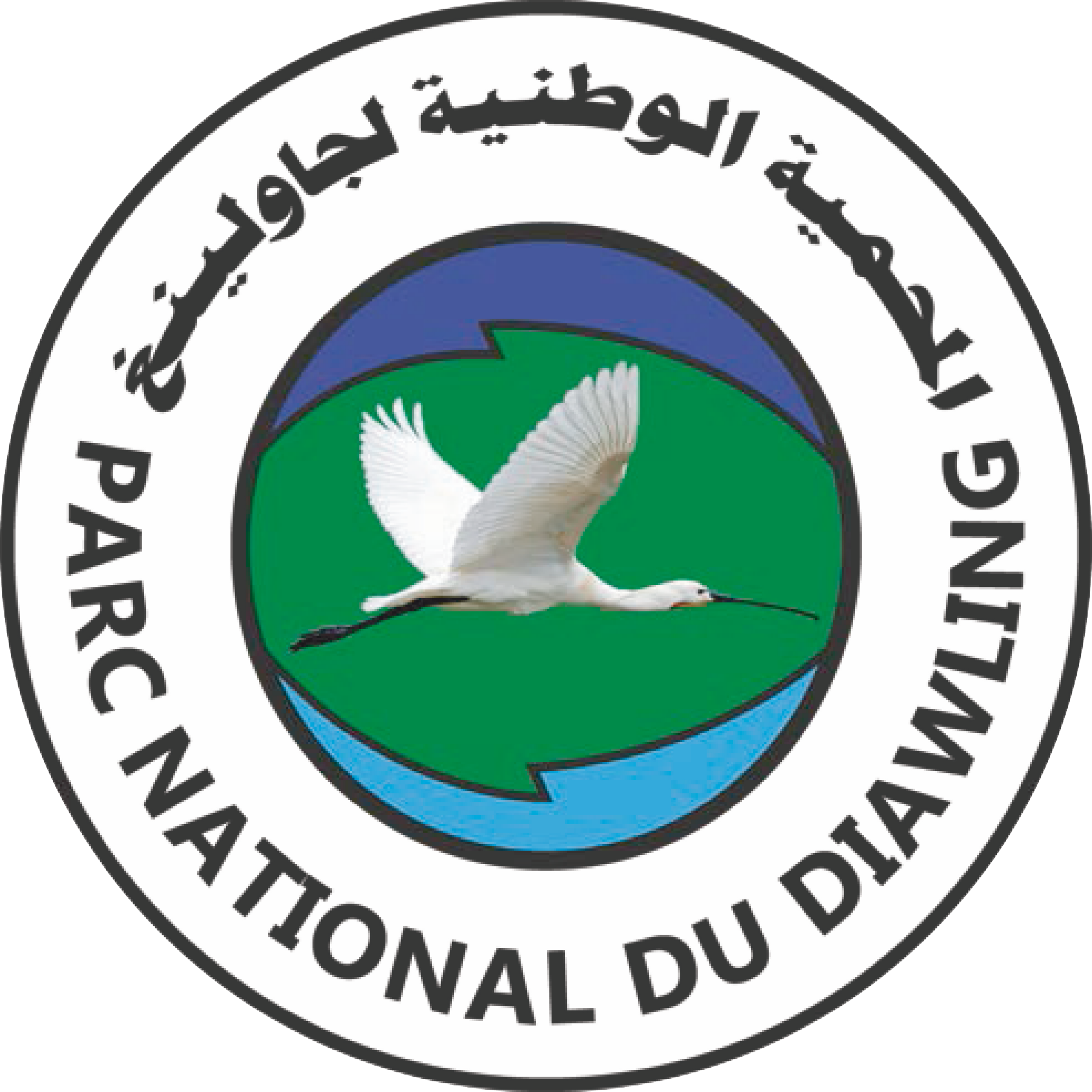A rich biodiversity
The success of ecological restoration is directly linked to the flood management of estuary basins from the lower delta.
Restored biodiversity and renewed ecosystems
The PND is a unique experience of ecological restoration past values of the ecosystem of the estuary of the lower delta seriously degraded by hydro-agricultural developments combined with the after-effects of the drought of the 70s.
The opening and closing of the works govern thealternation of floods and recessions (wet period from July to March and a drier period from April to July). This hydrological scenario implemented each year constitutes the condition sine qua ecological restoration of direct and indirect ecosystem services formerly degraded by anthropogenic and natural actions.
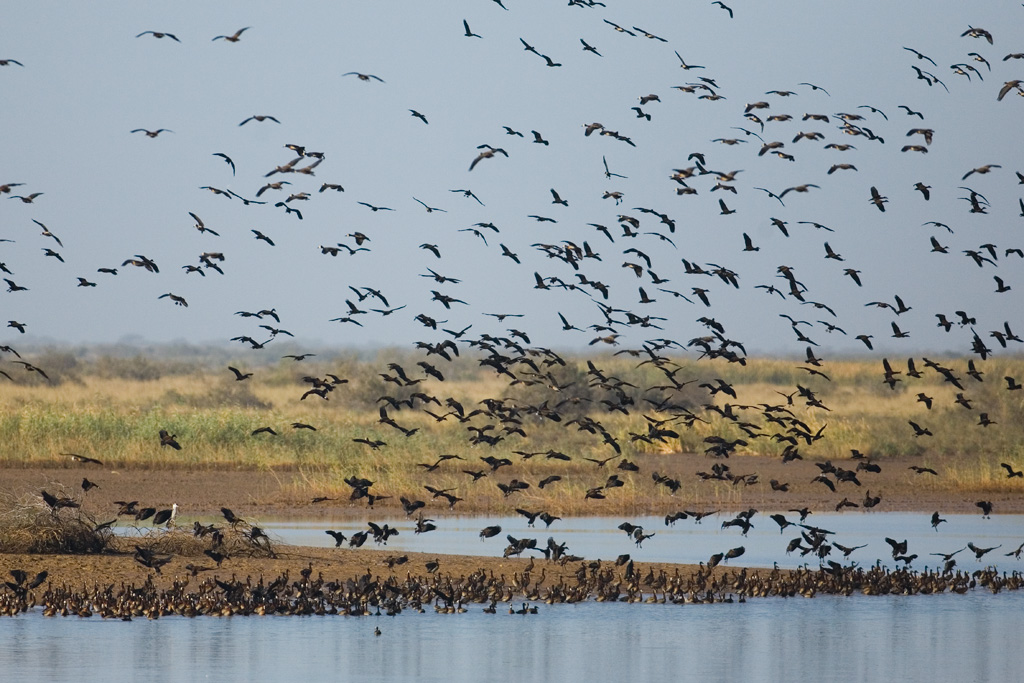
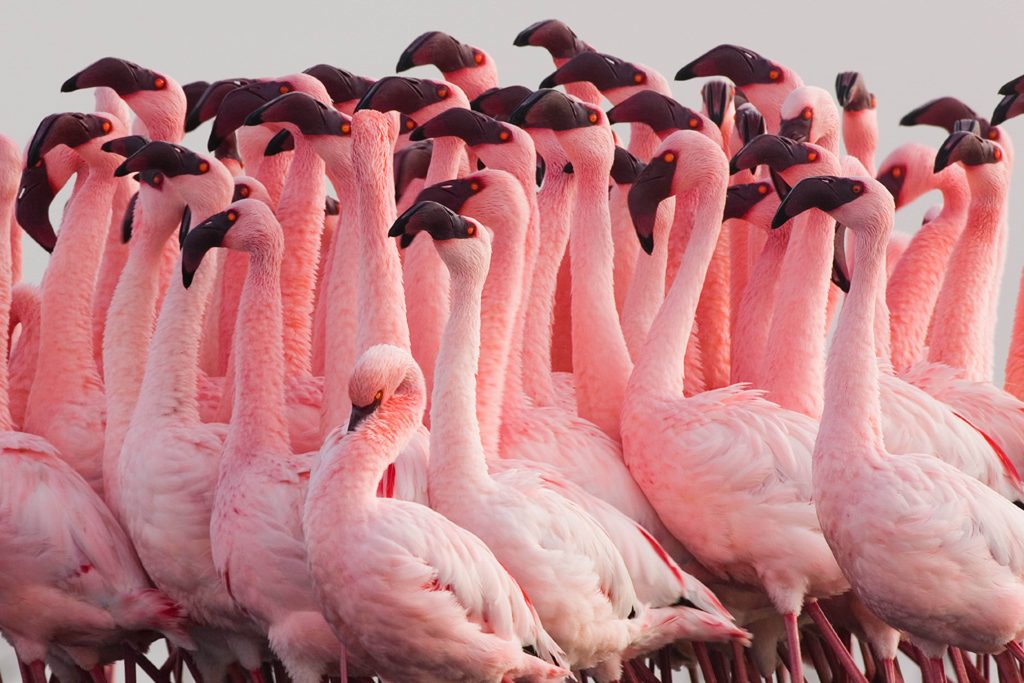

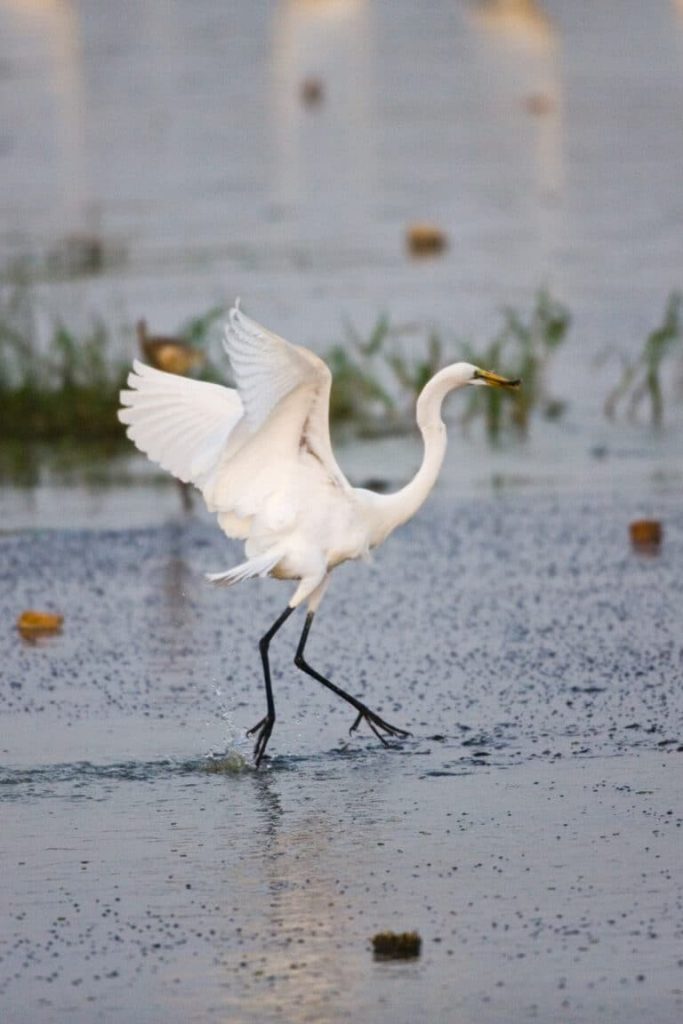
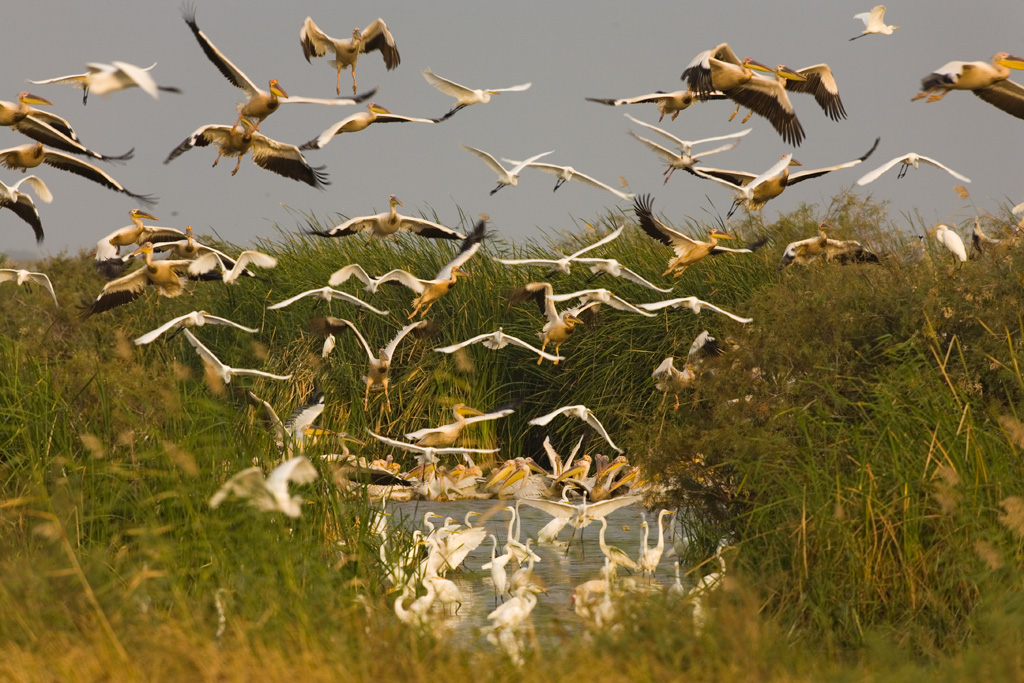
Avifauna
In 1993, 10 individuals for 3 species were recorded. of water birds. Today, 291 individuals migratory and resident waterbirds have been counted at the PND (Wetlands International and BirdLife International, 2018), for 369 species including 18 having status of protected (endangered, threatened, critical – IUCN Red List).
- 1 mixed nesting colony of pink flamingos and lesser flamingos: the PND is the only nesting area known today in West Africa for the Lesser Flamingo
- 3 mixed colonies of wading birds and cormorants → 10 species: Great Cormorant, African Cormorant, African Anhinga, Great Egret, Intermediate Egret, African Spoonbill, Tantalus Ibis, Sacred Ibis, Squacco Bird, Black-crowned Night Heron
- 1 nesting colony of Laridae → 7 species: White Pelican, Caspian Tern, Little Tern, Lesser Tern, Royal Tern, Grey-headed Gull, Black-headed Gull
- Other nesting species → more than 11 species: Afro-tropical duck (Gambian Goose, Egyptian Goose, Widowed Duck, Dwarf Anserella, etc.), White Stilt, White Crake, Chick Crake, Golden-breasted Jacana, Dwarf Jacana, Chickens water, black rail…
Herpetofauna
- 6 species of marine and terrestrial turtles : Green turtle (Chelonia mydas), Loggerhead turtle (Caretta caretta), Olive ridley turtle (Lepidochelys olivacea), Leatherback Turtle (Dermochelys coriacea), African spurred tortoise (Geochelone sulcata)
- 1 population of 120 crocodile individuals, Crocodylus suchus
- 17 species of lizards
- 15 species of snakes
- 5 species of amphibians
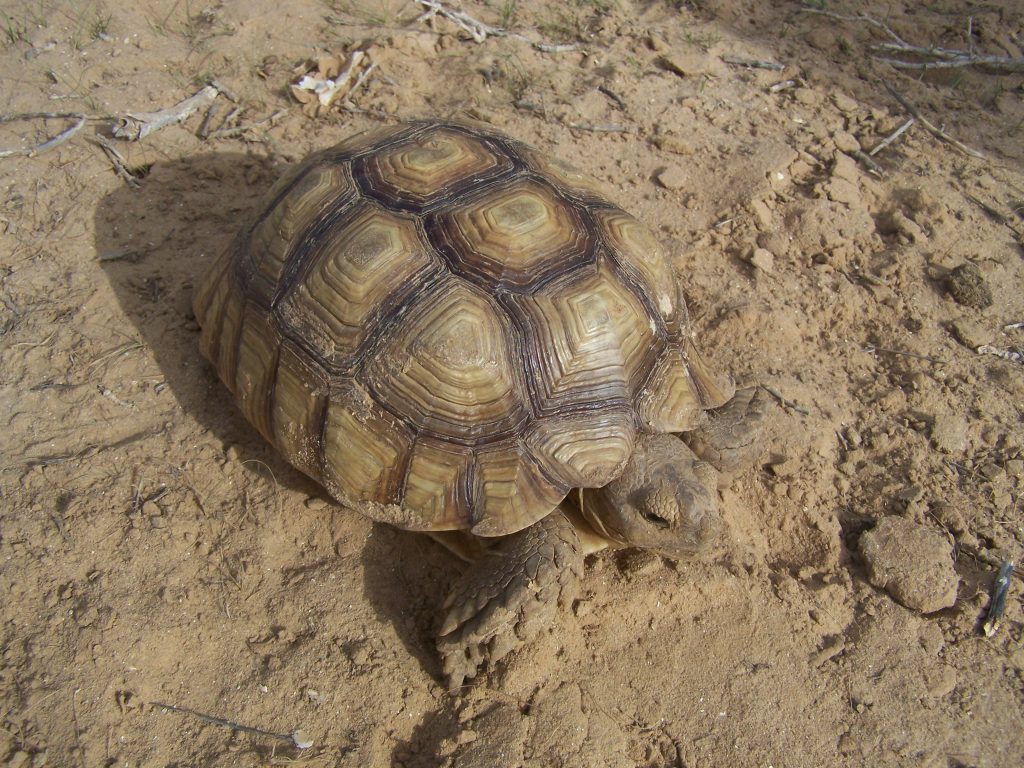
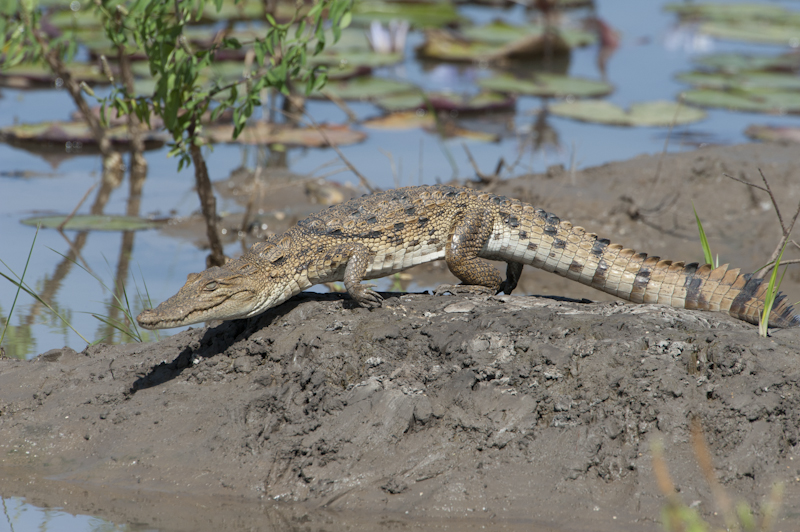
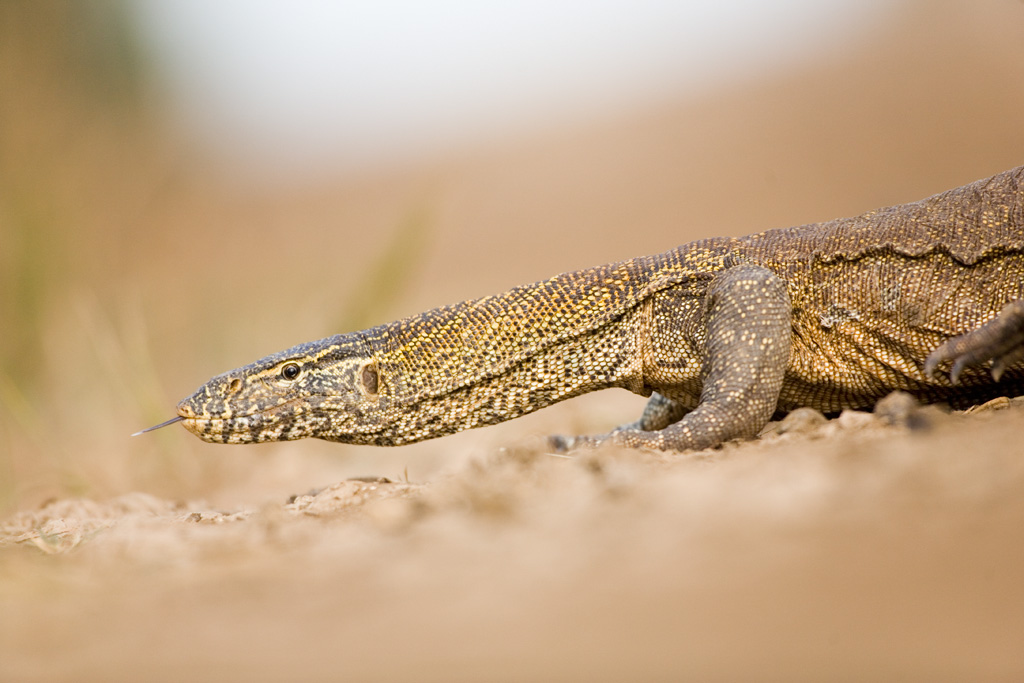
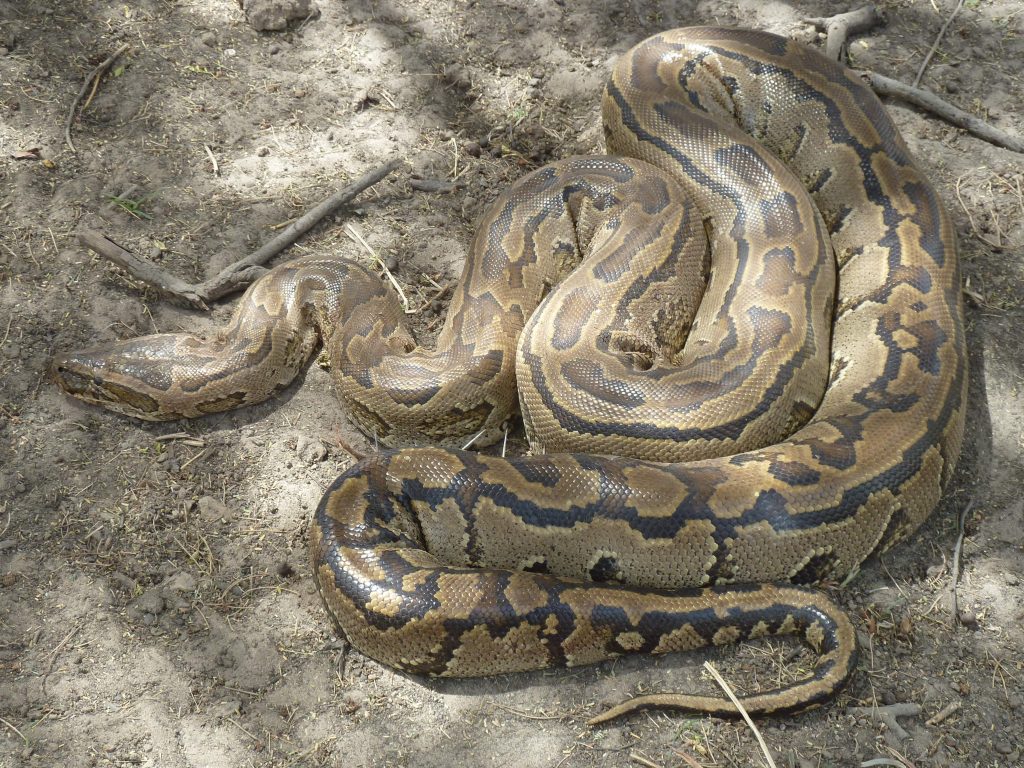
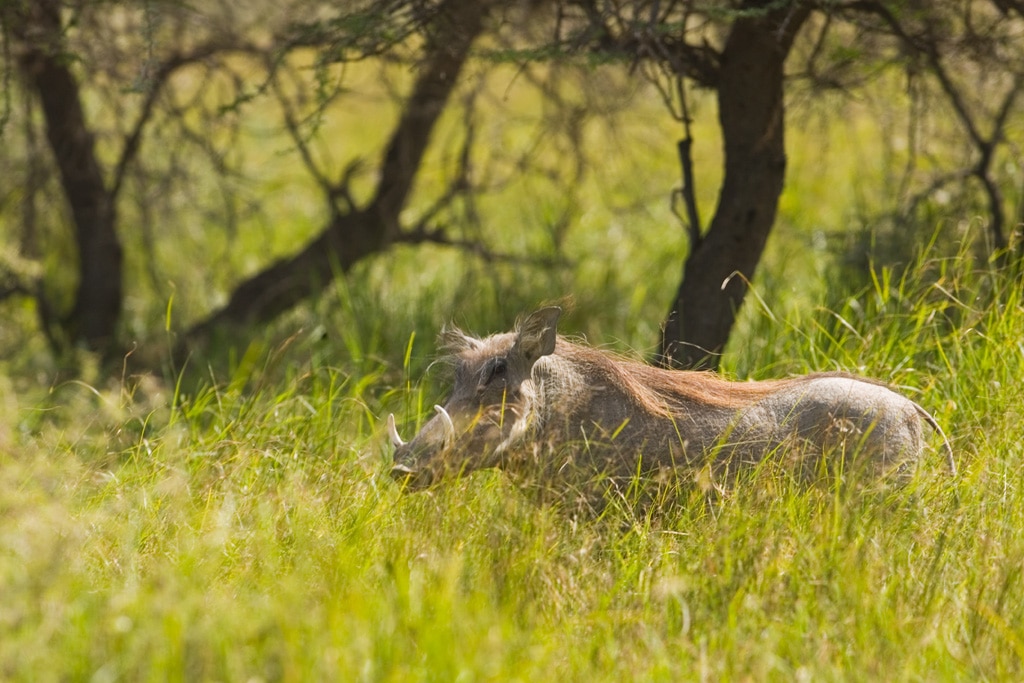
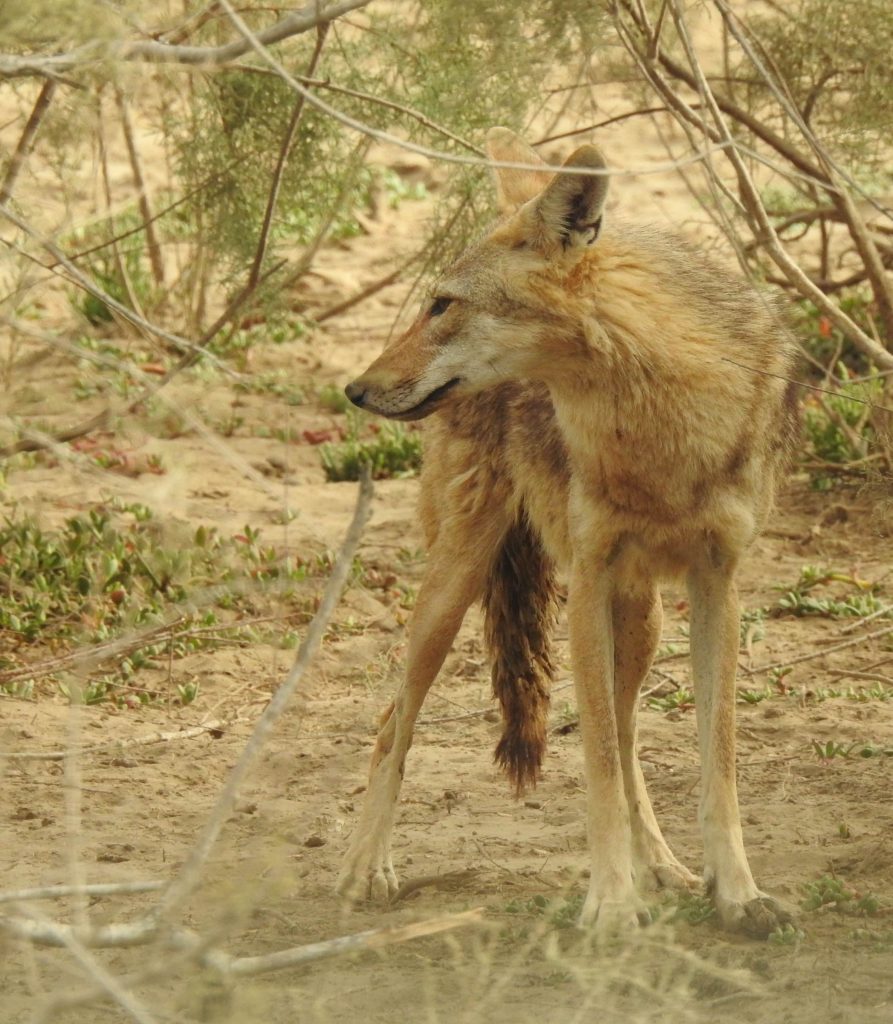

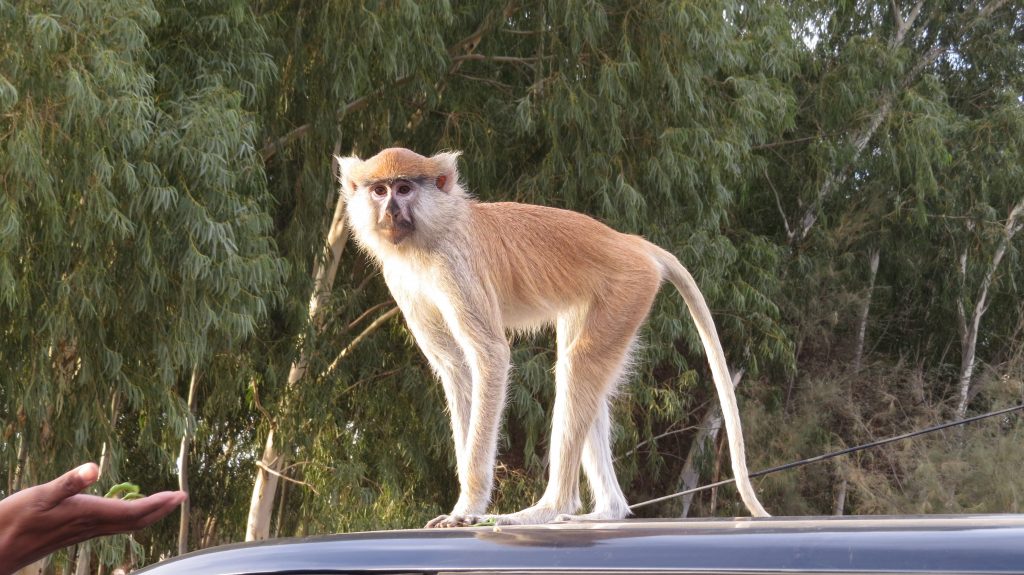
The mammals
- 39 species of wild mammals including a population of 865 warthogs (Phacochoerus aethiopicus) ; Wild cats (Felix Sylvestris); Hares (Lupus capensis); monkeys (Erythrocebus patas) ; Manatee (Trichechus senegalensis); Hippopotamus (Hippopotamus amphibius); Jackals (aureus); Serval (Leptailurus serval) ...
- 5 species of Chiroptera (bats)
Ichthyofauna
- 65 species of fish belonging to 3 ecological groups: marine, brackish and freshwater
- Strong economic valuation by theartisanal fishing activity
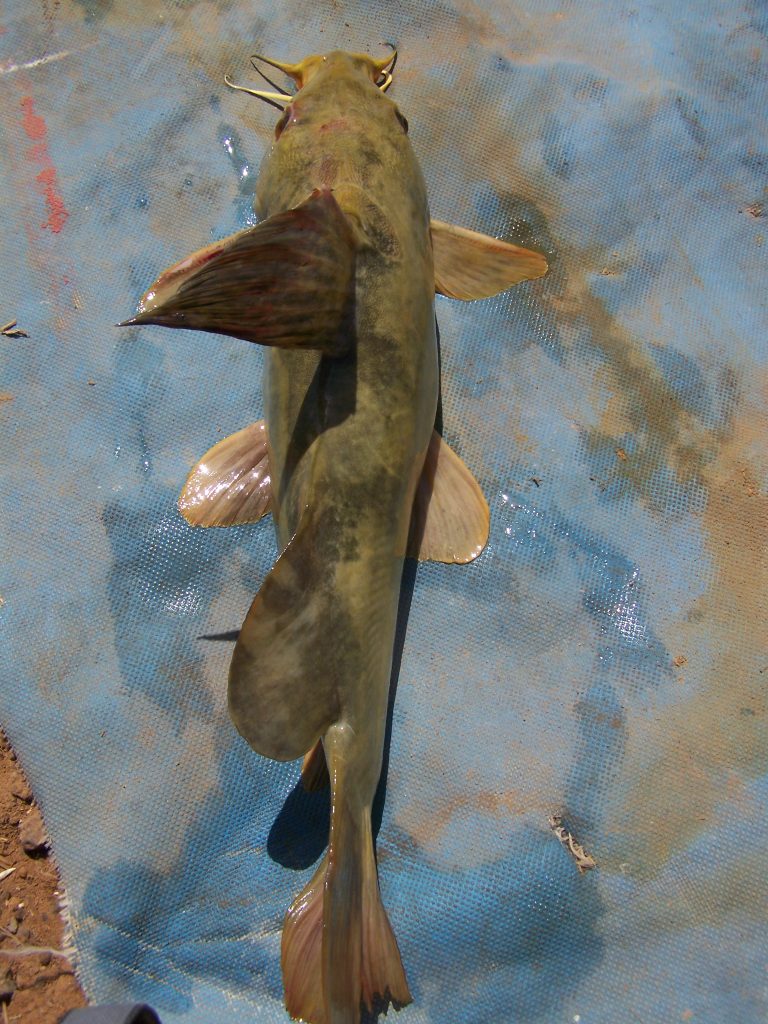
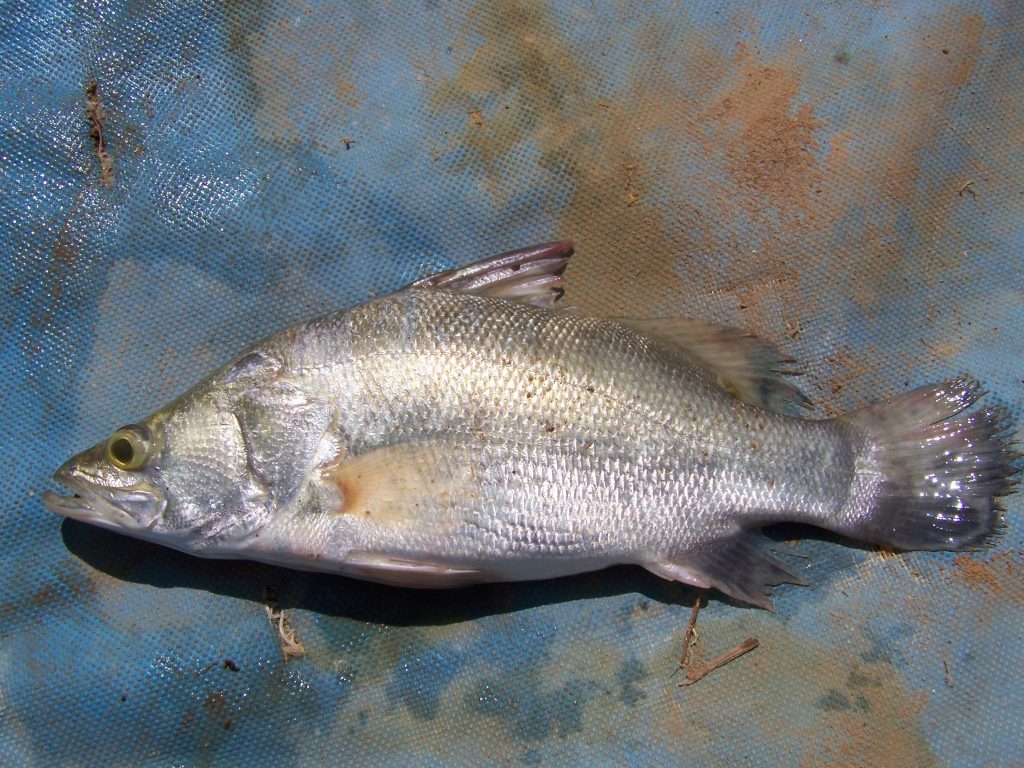
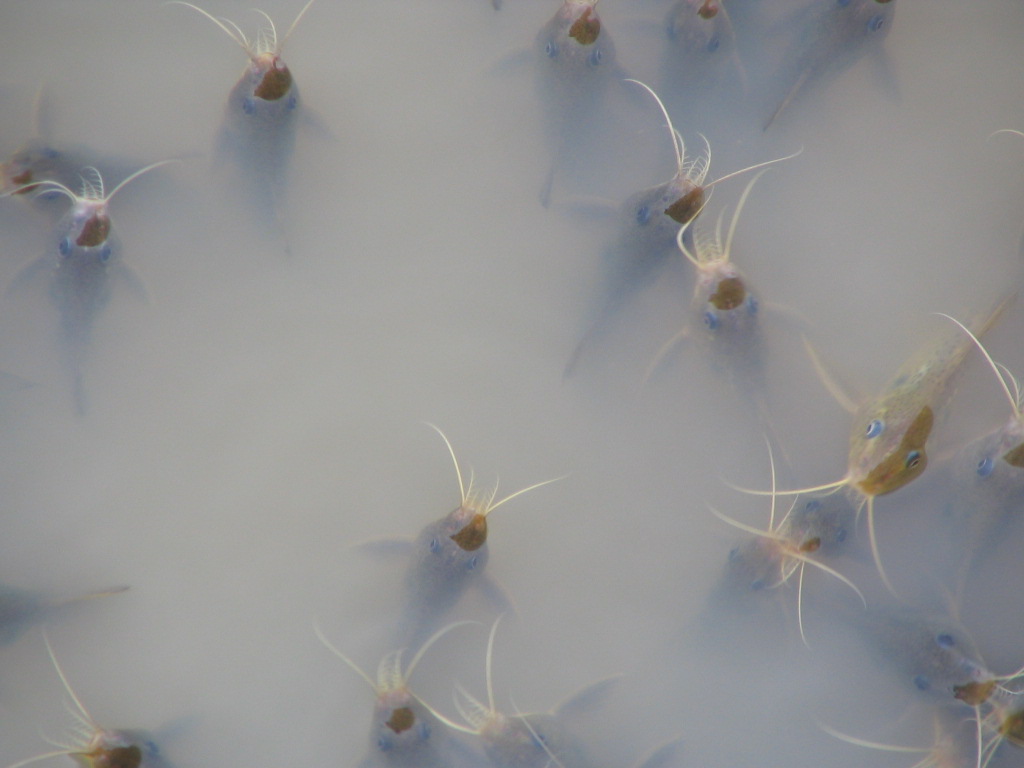
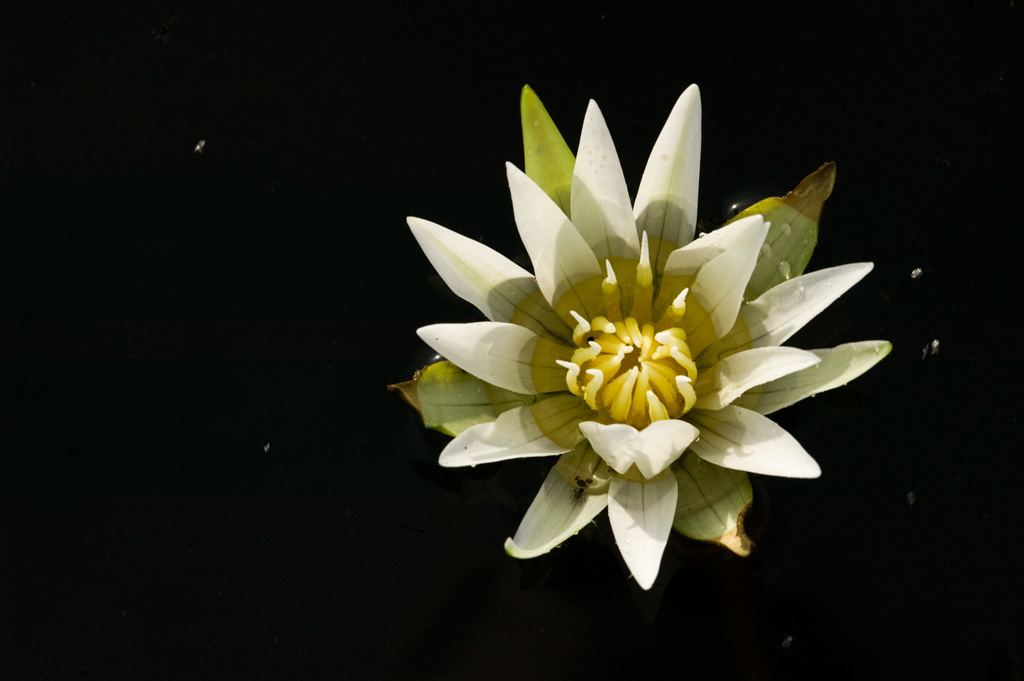
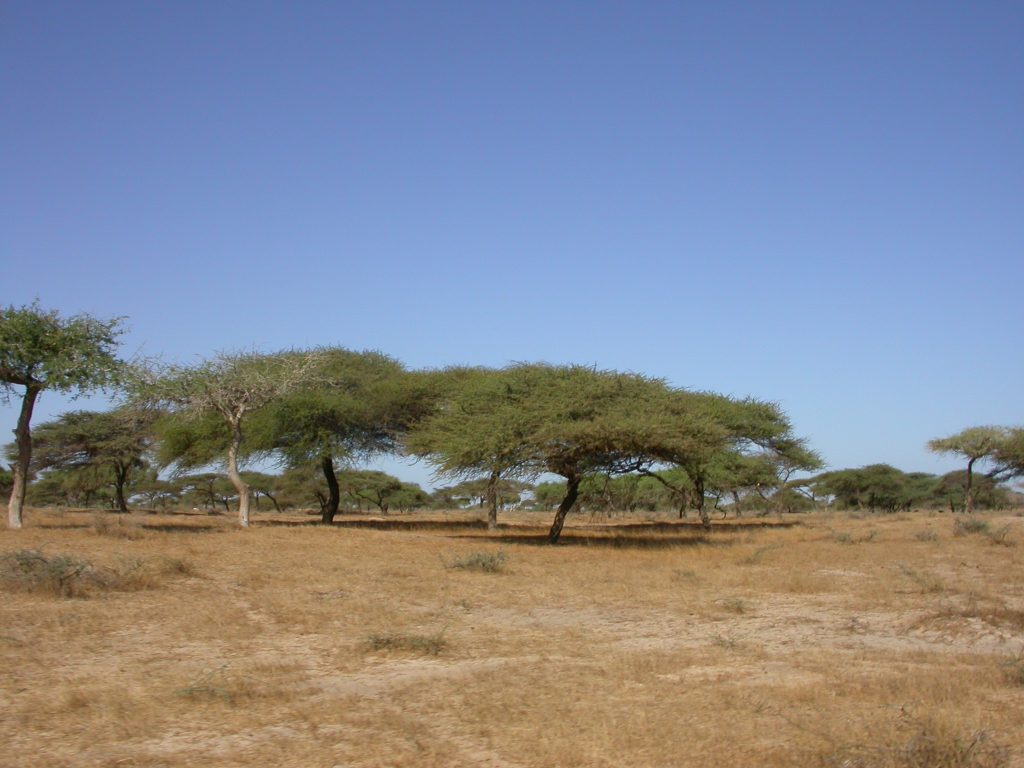
The flora
- More than 160 plant species of trees, shrubs, herbs and lianas thrive within the Park
- More than 1500 ha of mangrove stands (Avicennia germinans et Rhizophora racemosa), which store approximately 169 tonnes of carbon
- Species with high economic value (Acacia nilotica, Sporobolus robustus, water lilies…) Or fodder (Acacias, Sporobolus robustus, Sporobolus volvulus, Echinochloa colona…)
